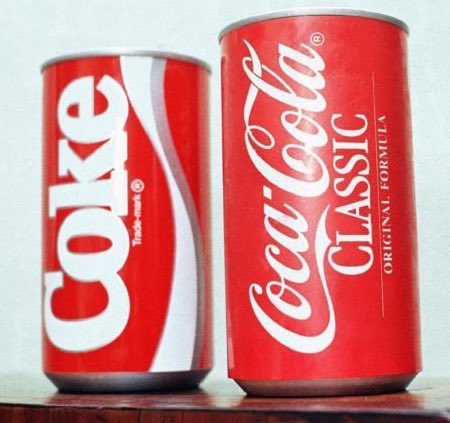Edit: this article was written prior to Coca-Cola’s scandal in 2021 and is not an endorsement of everything the company does. Give credit where credit is due, I say.
Another year is gone now, as is “Adobe Flash Support”. People all over Twitter are reflecting on what they miss about Flash and I find it curious because the software still exists as Adobe Animate and it is still able to do everything Flash ever did, and more. Being the year end, I believe it’s time for another exercise in hindsight. I’ll spare you any year-related puns at this point.
As I reflect on all this I have come to an epiphany:
If Flash belonged to the Coca-Cola company it would be going strong today.

Remember New Coke? I would encourage you to review the story if you weren’t around in 1985. I see many parallels between that saga and the one of Adobe and Flash.
Like Coca-Cola experienced, Flash was in a big decline in its own world. Apple had disallowed the Flash plugin from their devices and there were a few “security issues” uncovered. Losing popularity, both companies felt it was time for a drastic change. Coca-Cola famously changed its formula. Adobe’s solution was to change the name of Flash IDE to Animate.
When “new Coke” came out, the brand was on everyone’s lips and they received a lot of negative publicity—just like Flash. What Coca-Cola remembered at that point is that Coke is not just a product. It is a brand which people loved. They wisely back-pedalled, and not only did they restore the old formula but they used it as a springboard for renewed marketing efforts and came roaring back more popular than ever.
Today, Flash is on everybody’s lips (in the web world at least) and Animate is just a verb that people can do with almost any software out there.
So will Adobe learn from its mistakes…
…or will they just let Animate continue as a discoloured droplet in the Creative Cloud?
It’s not too late to rebrand again. Flash was not just a product, it is a brand synonymous with creativity and fun on the web. Whether they call it “Flash Bang” or whatever, Adobe would do well to reconnect with that web nostalgia and bring back the Flash name. If all the old consoles can do it, they can too.
